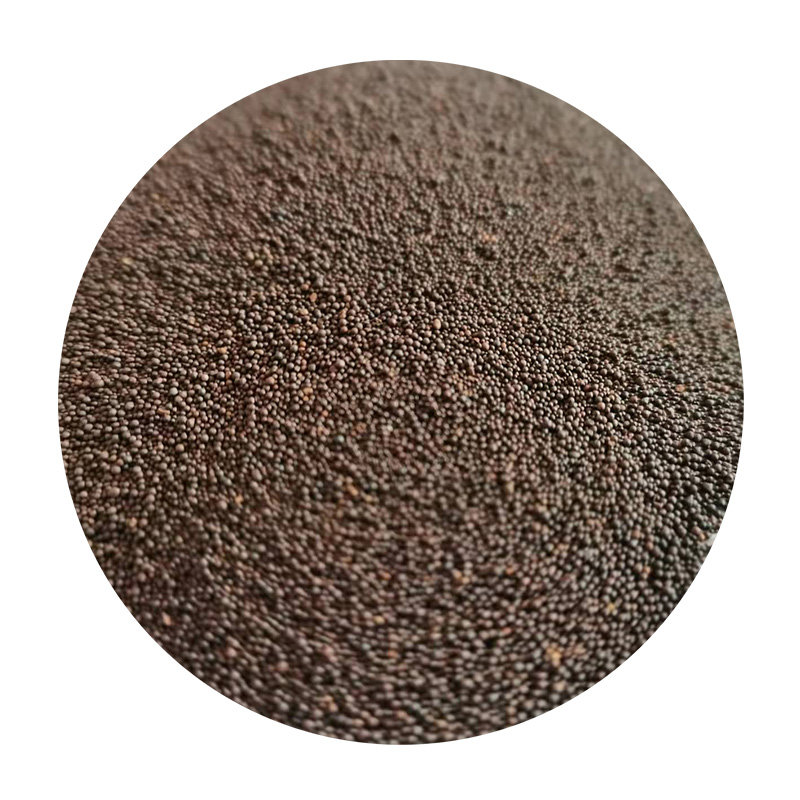The Importance of Sintering Sand in Modern Applications
Sintering is a crucial process in materials science and engineering, particularly in the manufacturing of ceramics and metals. One of the key components that play a significant role in the sintering process is sand, often referred to as sintering sand. This article explores the significance of sintering sand, its applications, properties, and the future of materials developed through sintering.
What is Sintering Sand?
Sintering sand, generally composed of fine silica granules, is used as a medium during the sintering process. Sintering itself is a method of compacting and forming a solid mass of material by heat or pressure without melting it to the point of liquefaction. In essence, sintering sand acts as a binder, aiding the adherence between individual particles of the material being sintered.
The Role of Sintering Sand in Metal Production
In the realm of metallurgy, sintering sand plays a pivotal role in the production of various metal components. When metal powders are mixed with sintering sand, they are pressed into specific shapes and then heated in a controlled environment. The heat causes the particles to bond together while remaining below their melting point, resulting in a solid structure with enhanced strength and durability. This technique is particularly advantageous for producing complex geometries that would be challenging to achieve through conventional casting methods.
Applications in Ceramics
Sintering sand is not limited to metal applications; it is equally important in the ceramics industry. The process of ceramics sintering transforms raw clay and mineral powders into durable, wear-resistant materials. Sintering sand is often used to create porous structures that provide unique properties like excellent thermal insulation and mechanical strength. These properties make sintered ceramics highly desirable in various applications, including tiles, sanitary ware, and industrial components.
sintering sand

Key Properties of Sintering Sand
The effectiveness of sintering sand in various applications can be attributed to several of its key properties. Firstly, the fine grain size of silica sand allows for a high surface area, which improves the bonding between particles. Secondly, the thermal stability of sand ensures that it can withstand the high temperatures required for sintering without degrading. Finally, the absence of impurities in high-quality sintering sand prevents contamination, ensuring that the final product retains its desired characteristics.
Environmental Considerations
As industries become increasingly aware of their environmental impact, the use of sintering sand is being scrutinized. Efforts are being made to seek sustainable sources of silica sand and to develop recycling methods for sintering sand waste. The adoption of eco-friendly practices and materials in the sintering process not only mitigates environmental harm but also enhances the overall sustainability of the manufacturing processes involved.
The Future of Sintering Sand Technology
Looking ahead, the future of sintering sand and its applications appears promising. Advances in additive manufacturing, often referred to as 3D printing, are starting to incorporate sintering techniques with innovative materials. Research is ongoing to develop specialized sintering sands that can improve the efficiency and strength of sintered components. Furthermore, the integration of nanotechnology in sintering processes may yield new materials with unprecedented properties, opening new avenues for industries ranging from aerospace to biomedicine.
Conclusion
In conclusion, sintering sand is a critical material that facilitates the sintering process in both metal and ceramic production. Its unique properties and versatility make it indispensable in various applications across numerous industries. As technology progresses and environmental considerations become more pressing, the field of sintering sand is likely to evolve, paving the way for new innovations. Continued research and development in this area will not only enhance the capabilities of materials produced through sintering but also contribute to a more sustainable future in manufacturing.
Post time:Ное . 10, 2024 09:28
Next:Understanding the Definition and Uses of Foundry Sand in Metal Casting Processes
